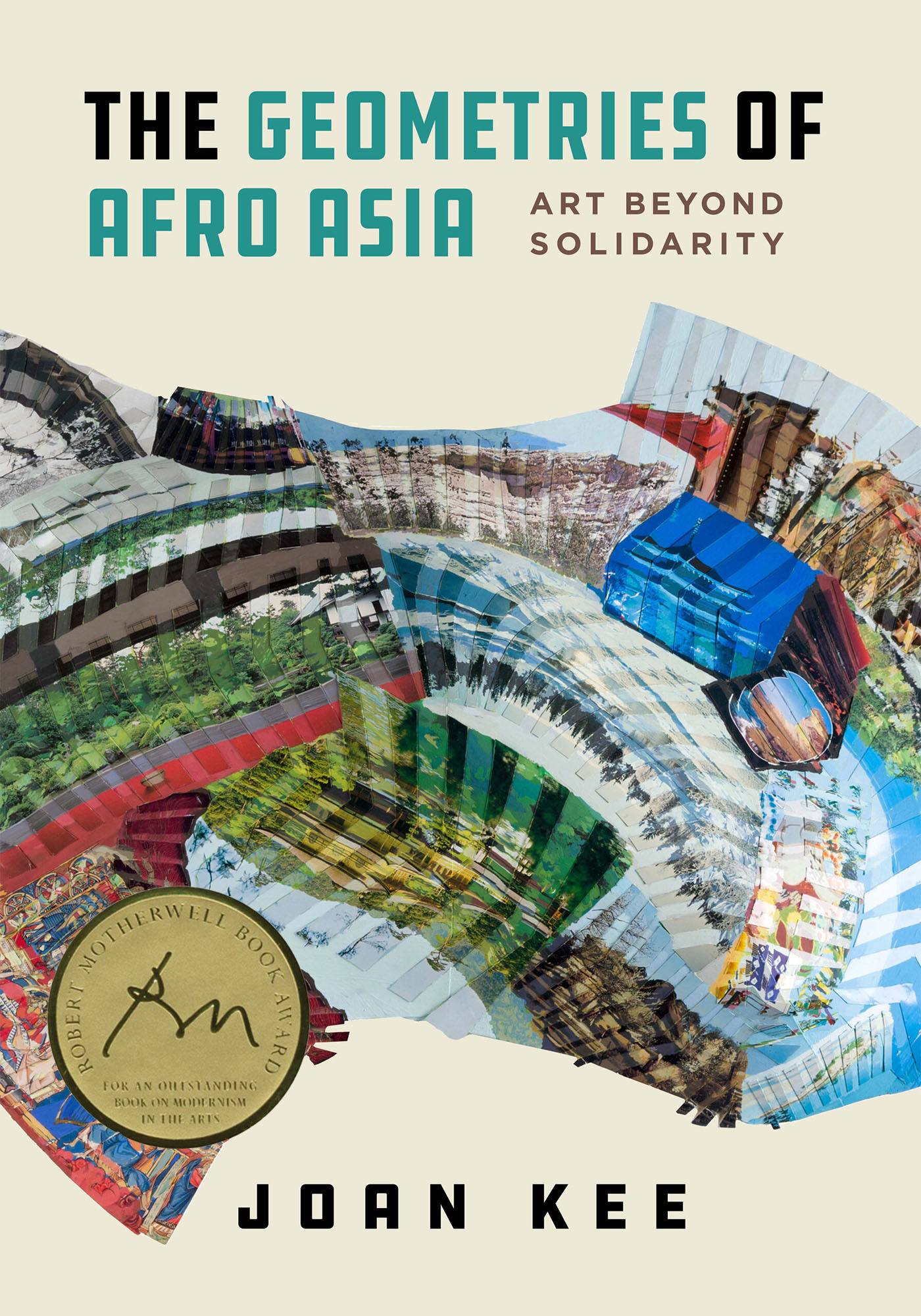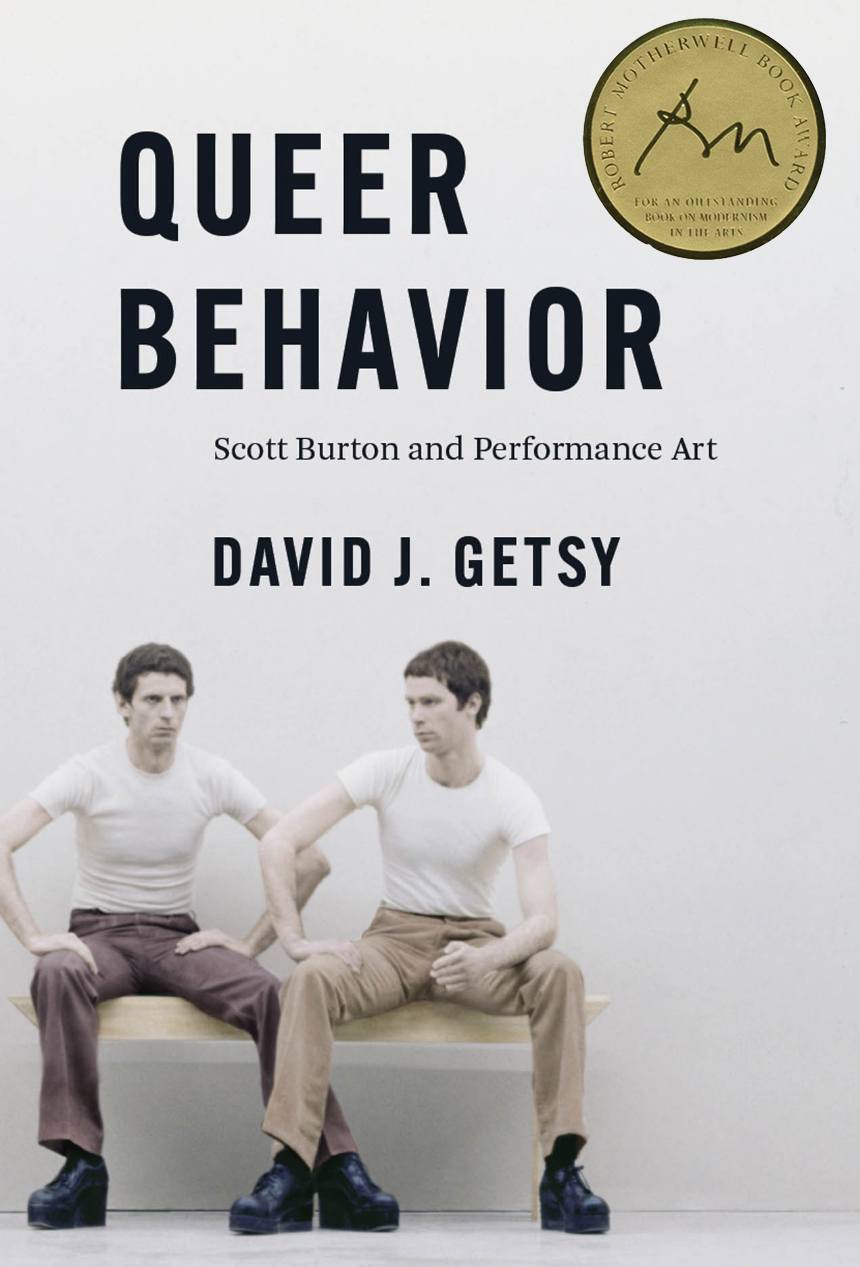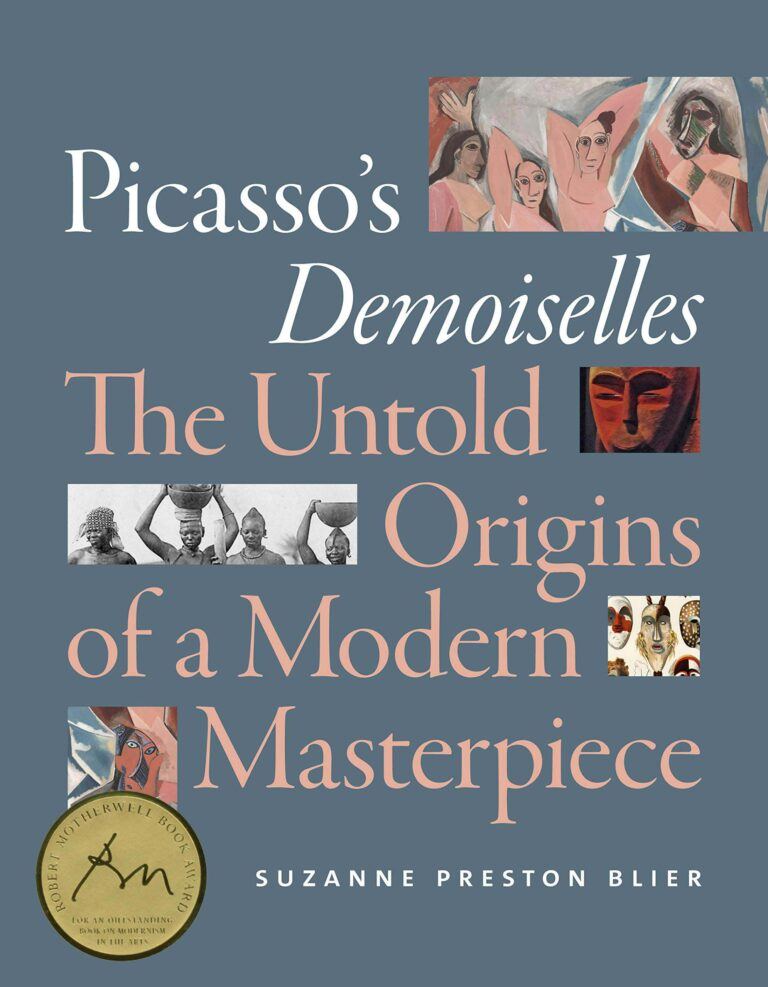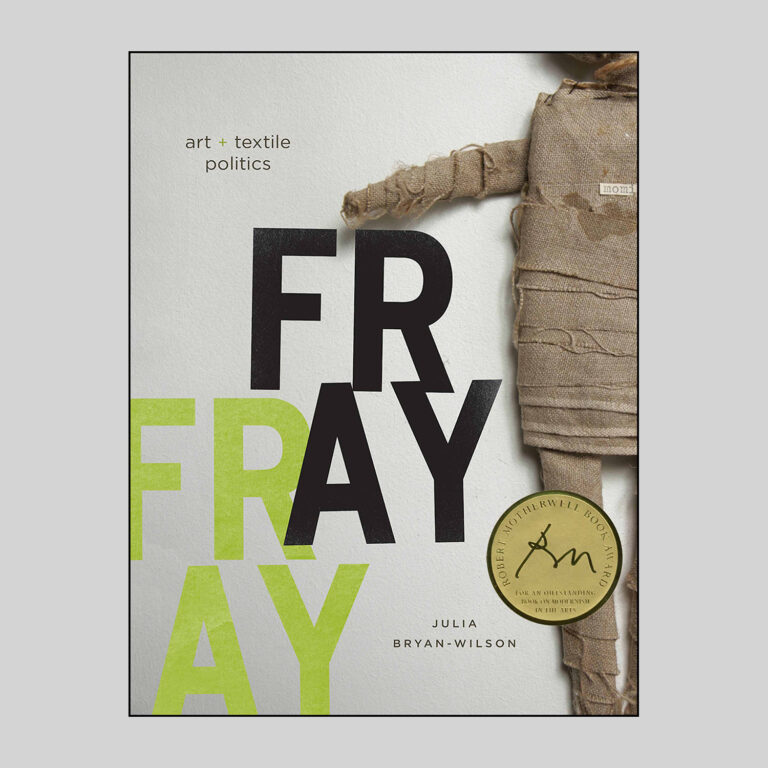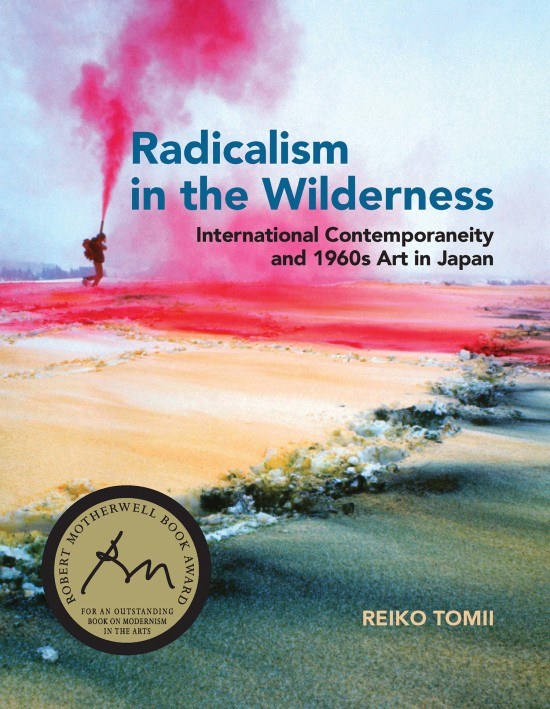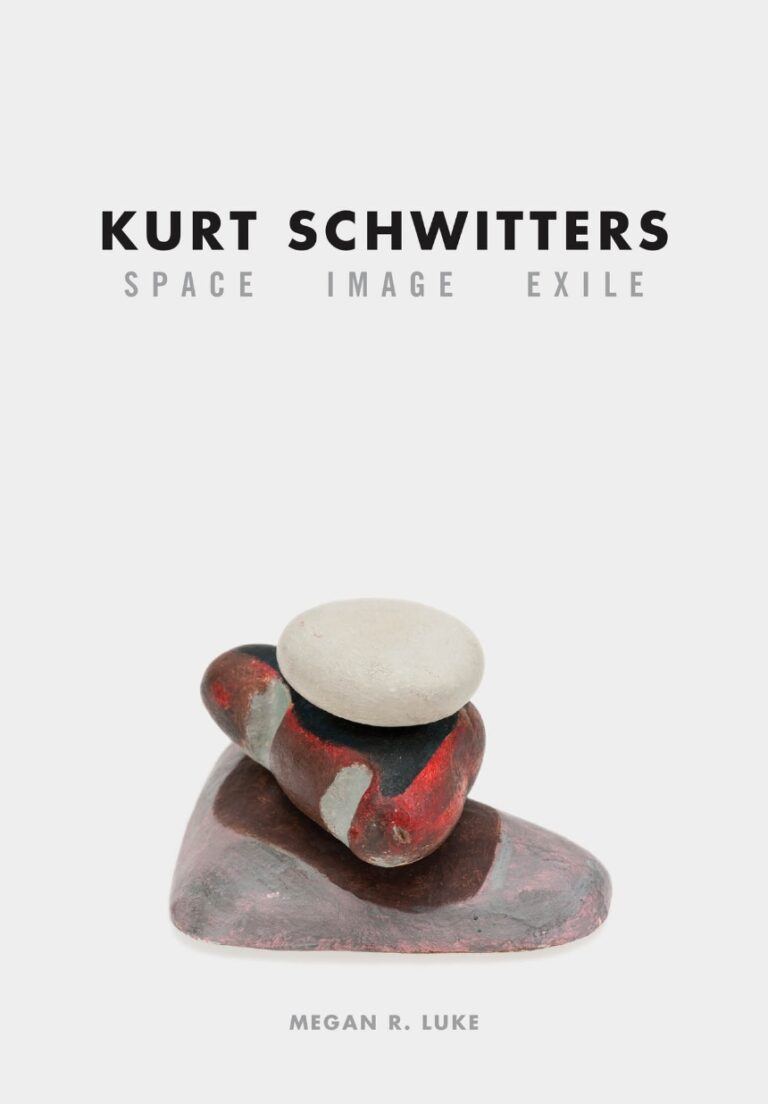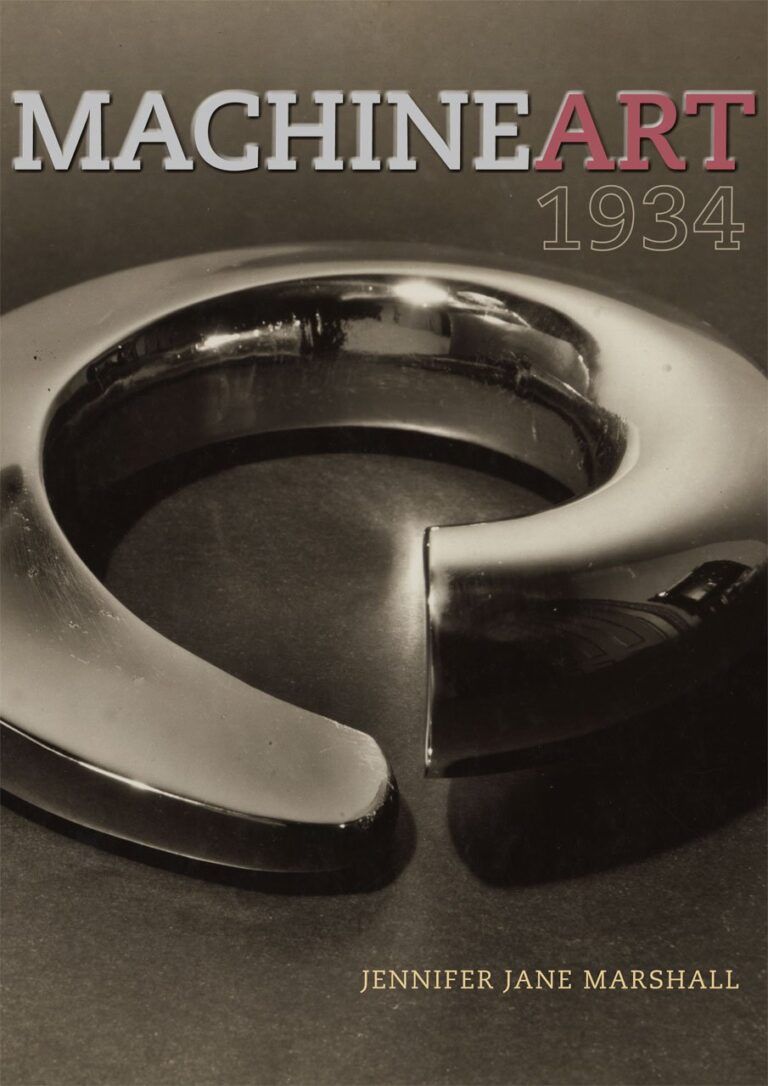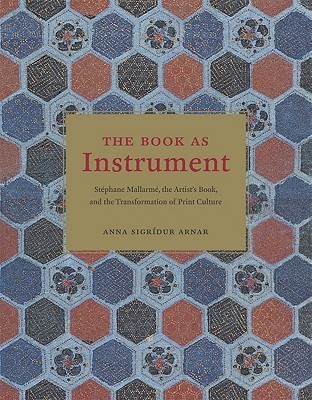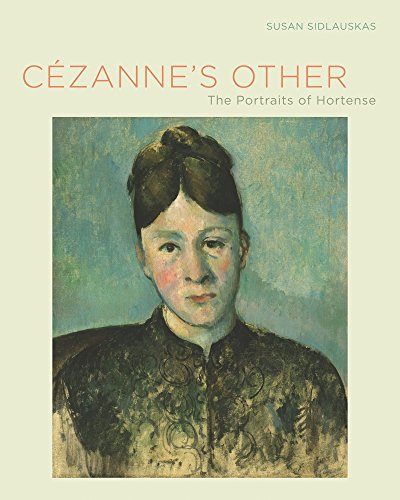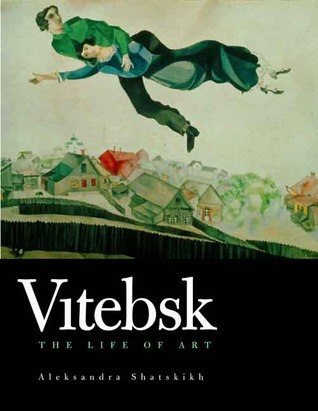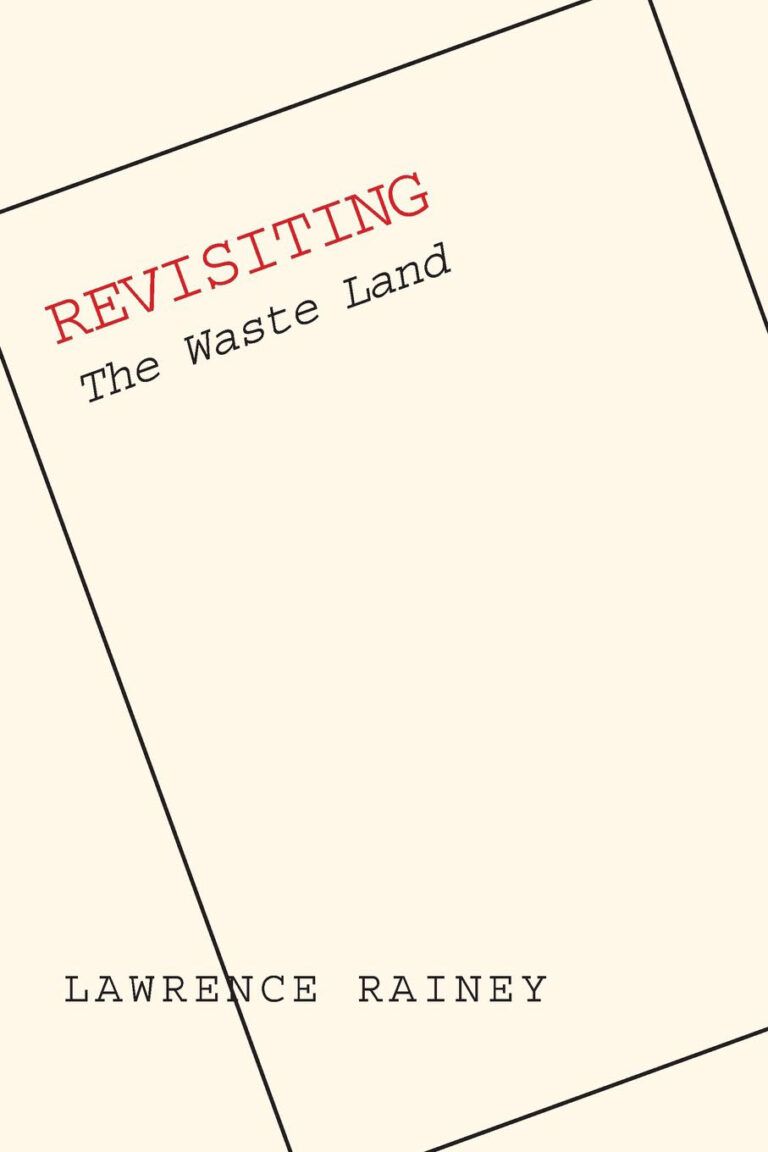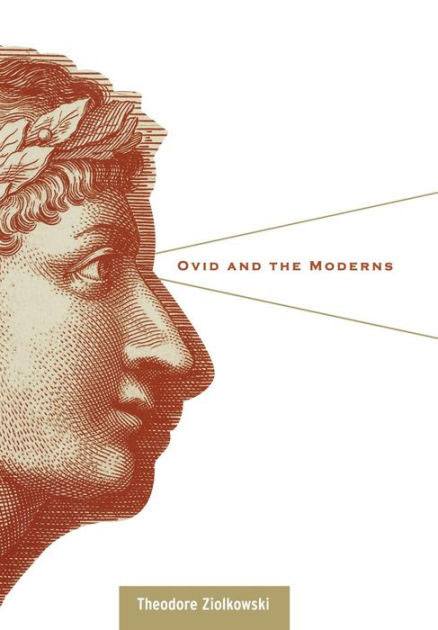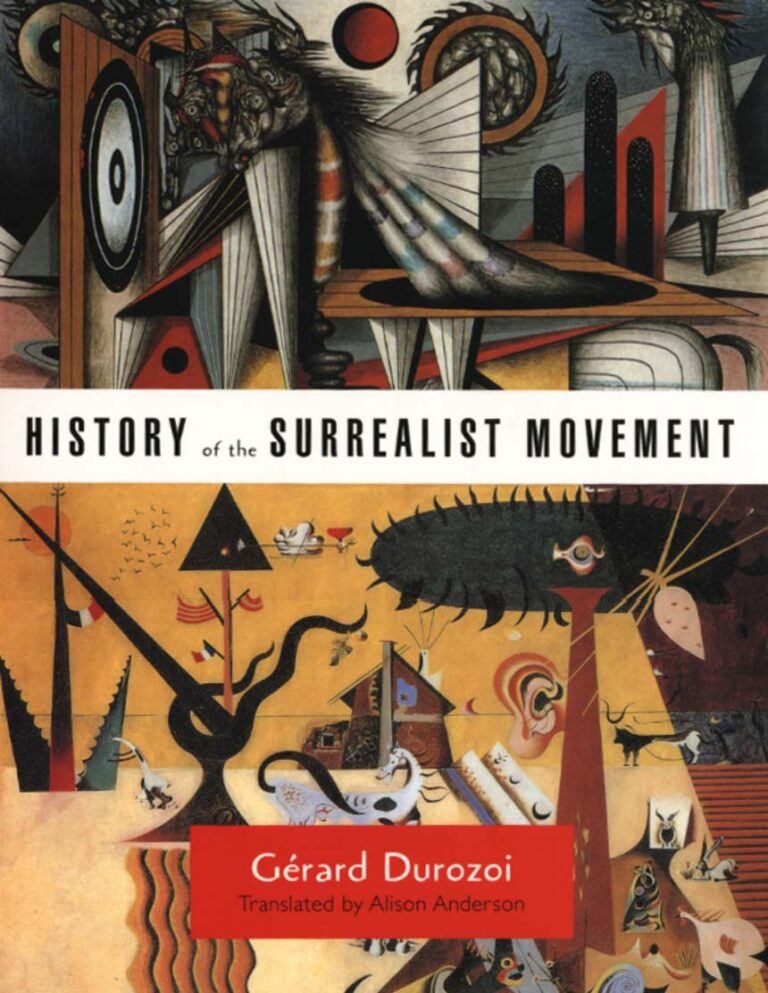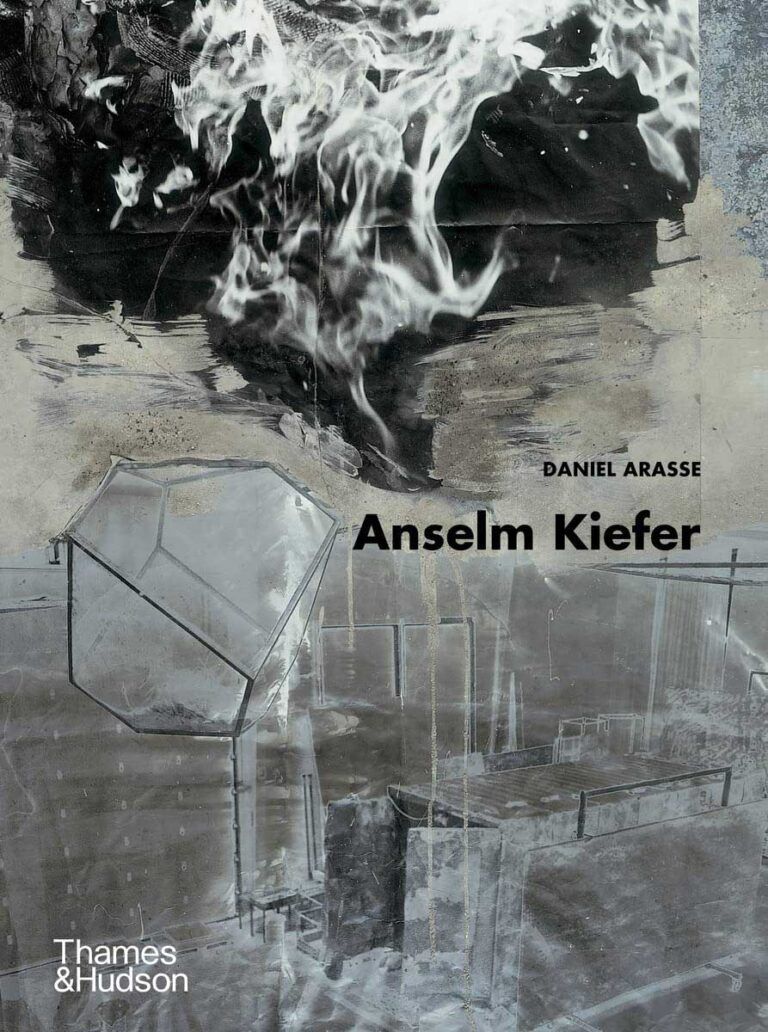Your browser is out-of-date!
Update your browser to view this website correctly. Update my browser now
Object Lessons: Case Studies in Minimal Art
Robert Motherwell Book Award 2022
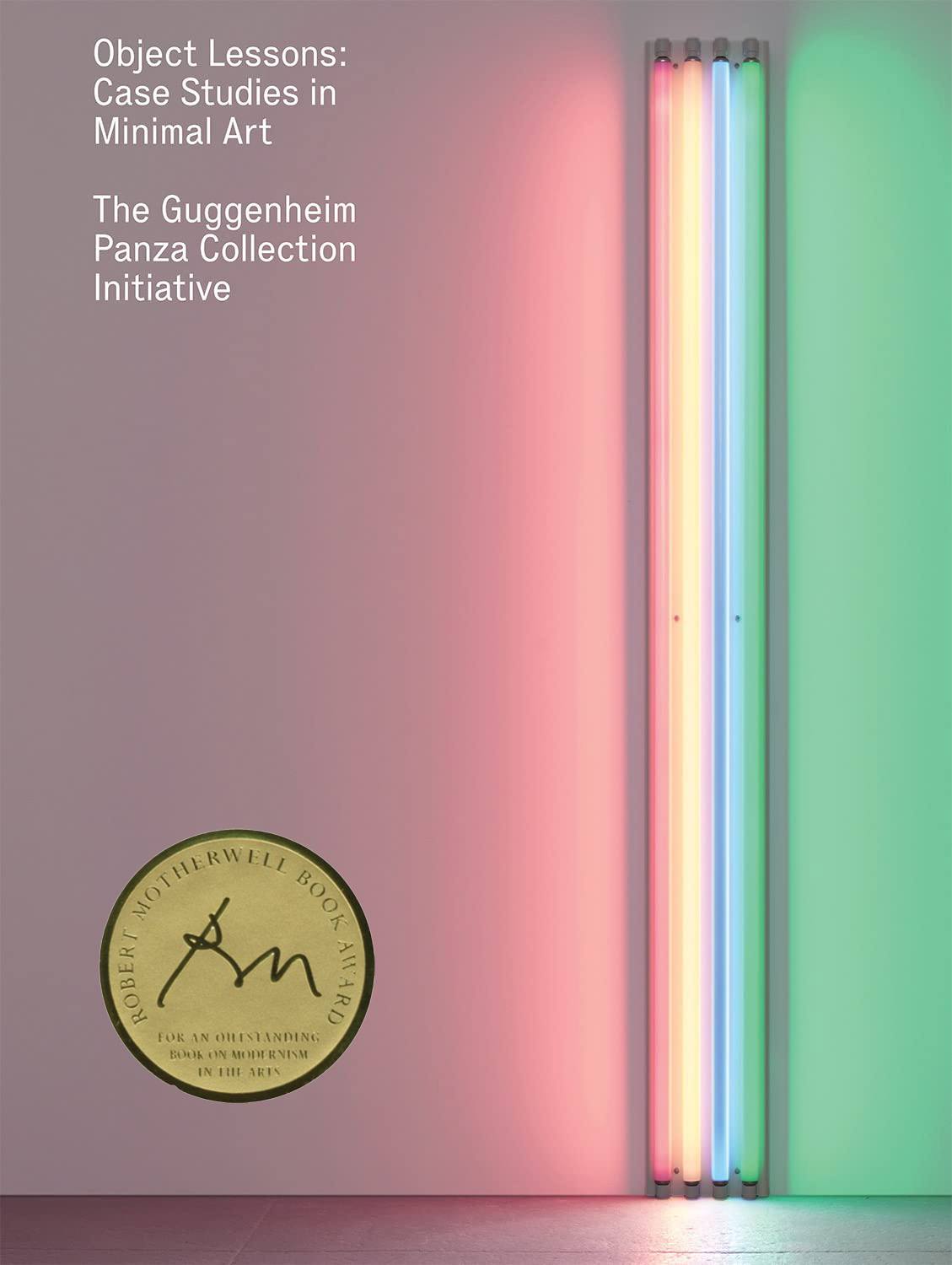
The winner of the 2022 Robert Motherwell Book Award is Object Lessons: Case Studies in Minimal Art — The Guggenheim Panza Collection Initiative (Guggenheim Museum) by Francesca Esmay, Ted Mann, and Jeffrey Weiss. The award carries a $10,000 prize for the authors.
Object Lessons is innovative, brave, and uncompromising text that presents a refreshingly new approach to the study of Minimal art. It offers profound insights and guidance on questions of great concern to those who care for and about works of art.
Based upon the research of the Panza Collection Initiative, an ambitious, 10-year study project, Object Lessons focuses on four works by key figures of 1960s Minimalism and Conceptual art: Dan Flavin, Donald Judd, Robert Morris, and Lawrence Weiner. Authors Francesca Esmay, Ted Mann and Jeffrey Weiss present each work from several vantage points. An exhaustive chronological account conveys the surprisingly complicated history of the work’s realization, acquisition, ownership and display. An overview addresses the broad practical and conceptual implications of this information for the historical identity of the work and its consequences for the work’s future. A conservation narrative establishes the role of fabricators and the material and technical standards involved in producing the object. Together, the authors explore how a previously unaddressed history of production, ownership and display has deeply influenced the life and legacy of the radical objects of Minimal art.
***
The jury also awarded an Honorable Mention with Distinction for a Single-Author Work to Modern Art & the Remaking of Human Disposition (University of Chicago Press) by Emmelyn Butterfield-Rosen.
This remarkable book advances a singular and profound analysis of canonical works of modern art. It brings together an impressive body of research, drawing as it does on psychology and evolutionary biology, to render a new understanding of modern art. In doing so, it provides an original and enduring contribution to the field.

